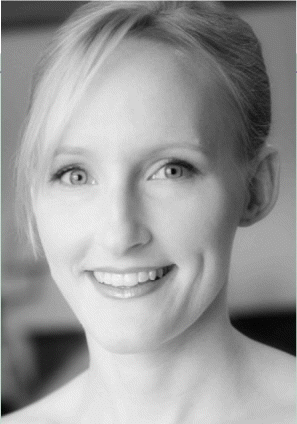Are there racial and ethnic disparities in patients with chronic rhinosinusitis presenting for sinus surgery? According to one recent study, the answer is yes. The nasal polyp population consists of a larger portion of nonwhite patients who tend to present with worse disease, and certain subgroups have worse quality-of-life scores.
Explore This Issue
October 2009However, variables such as education and income do not explain the differences, according to Jamie Litvack, MD, from the Oregon Health and Science University. At the Combined Otolaryngological Spring Meeting, she presented findings from a study investigating whether racial or ethnicity disparities exist in patients with chronic rhinosinusitis presenting for surgery.
The study was performed because few data describe racial or ethnic differences in the chronic rhinosinusitis population, she said. However, minorities represent 34% of the US population, and in some diseases there are known differences between different populations because of genetic differences, or even due to differing cultural practices such as dietary habits.
Racial and ethnic disparities have been documented across many aspects of health care, including the number of office visits, the number of procedures performed, and the intensity of inpatient care, she said. In the endoscopic sinus surgery population, minorities represent less than 15% of cases. She noted that African Americans make up 11% of the US population and 10.9% of patients with chronic rhinosinusitis, but only 5% of the sinus surgery population.
Study Structure
The aim of the study was to examine whether or not racial or ethnic disparities exist in patients with chronic rhinosinusitis presenting for sinus surgery. Researchers launched a prospective cohort study of 435 patients from three institutions who had a diagnosis of chronic rhinosinusitis, had failed medical management, and had elected to undergo sinus surgery. Race and ethnicity were identified by patients when asked, while physicians documented demographic data, diagnostic data, and comorbid conditions. CT scan, endoscopy exam, and quality-of-life scores were also collected. Researchers performed various analyses to determine relationships between factors such as race, geography, education, or sex and health measures.
The study group consisted of a total of 376 whites, 10 African Americans, 22 Asians, and eight people who fell into other categories (such as native American, Pacific Islander, or Persian). Ethnicity was broken down into only two groups, Hispanic-Latino (10 patients), and non-Hispanic-Latino (425 patients).
 We found significantly worse disease-specific quality of life in both our race and ethnicity analyses. And this was not accounted for by other potential variables.
We found significantly worse disease-specific quality of life in both our race and ethnicity analyses. And this was not accounted for by other potential variables.–Jamie Litvack, MD
Disparities Discovered
Researchers found that the demographic and clinical characteristics among the different groups were not statistically different with regard to age, gender, or education level. But there was a significant difference with regard to nasal polyposis, Dr. Litvack said.
Leave a Reply